Delivering exceptional customer service is a must if you want to retain talent and attract customers.
Call centers play a crucial role in this endeavor, acting as the frontline for customer interactions and inquiries.
However, one of the key performance indicators that call centers closely monitor is the call abandonment rate.
This metric holds significant importance as it can directly impact customer satisfaction, operational efficiency, and ultimately, a company’s bottom line.
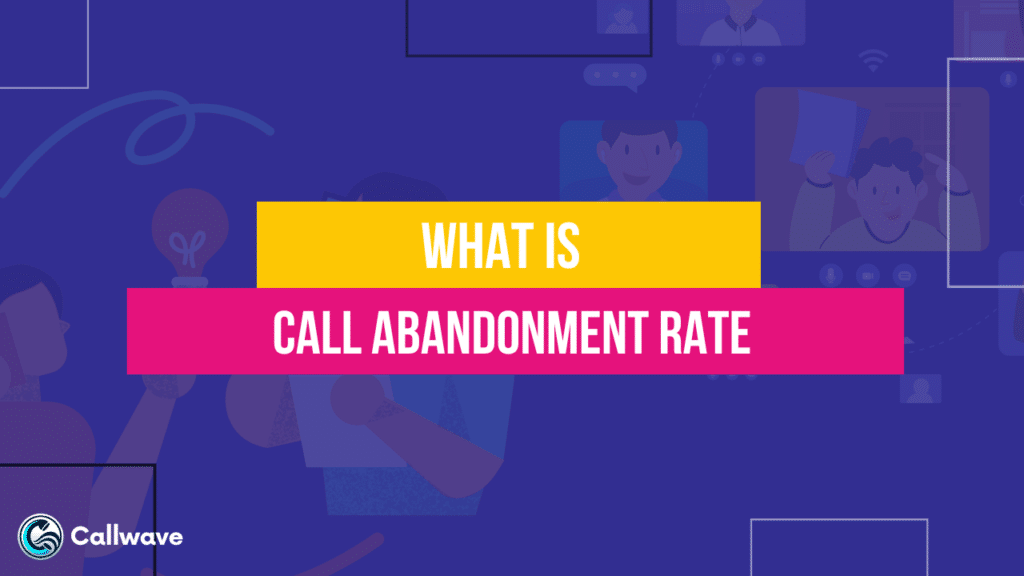
What is the Call Abandonment Rate?
Call Abandonment Rate (CAR) is a key performance indicator (KPI) used in call centers and customer service operations.
It measures the percentage of incoming calls that are abandoned or disconnected by callers before they are answered by an agent or representative.
The Call Abandonment Rate is calculated by dividing the number of calls abandoned by the total number of incoming calls during a specific time period. It is usually expressed as a percentage.
A high Call Abandonment Rate is generally seen as an indicator of poor customer service, as it means that many callers are getting frustrated and hanging up before their call is answered.
This can lead to customer dissatisfaction, lost business opportunities, and a negative impact on a company’s reputation.
Call centers and customer service teams typically aim to keep their Call Abandonment Rate as low as possible, often setting targets or benchmarks for acceptable levels.
Factors that can influence the Call Abandonment Rate include staffing levels, call volumes, hold times, and the efficiency of the call routing and queuing systems.

What causes abandoned calls?
Call abandonment occurs when a caller hangs up or disconnects from a call before being answered by a live agent or representative. There are several specific scenarios in which call abandonment can happen:
Long wait times or hold times: If callers are made to wait in queue for an extended period before their call is answered, they may become impatient and abandon the call.
Inefficient call routing: If the call routing or queuing system is not set up properly, callers may get frustrated and hang up if they are transferred multiple times or sent to the wrong department.
Busy periods or understaffing: During peak call volume times or when there are not enough agents available to handle the incoming call load, callers may abandon due to long wait times.
Confusing or unhelpful automated systems: If the interactive voice response (IVR) system or automated attendant is difficult to navigate or doesn’t provide clear options, callers may abandon in frustration.
Caller mistake or change of mind: In some cases, callers may simply abandon the call because they dialed the wrong number, changed their mind about needing assistance, or found an alternative solution before the call was answered.
Technical issues: Connection problems, dropped calls, or other technical issues on the caller’s end or the company’s end can also lead to unintentional call abandonment.
Minimizing call abandonment is important for call centers and businesses, as it can improve customer satisfaction, reduce lost opportunities, and optimize operational efficiency.
How is Call Abandonment Rate Calculated?
The Call Abandonment Rate (CAR) is calculated by dividing the number of calls abandoned by the total number of incoming calls during a specific time period, and then expressing it as a percentage.

The formula for calculating Call Abandonment Rate is:
Call Abandonment Rate = (Number of Calls Abandoned / Total Incoming Calls) x 100%
Here’s an example to illustrate the calculation:
Suppose a call center received 5,000 incoming calls during a day, and 400 of those calls were abandoned by callers before being answered by an agent.
To calculate the Call Abandonment Rate for that day:
Number of Calls Abandoned = 400
Total Incoming Calls = 5,000
Call Abandonment Rate = (400 / 5,000) x 100%
= 0.08 x 100%
= 8%
So, in this example, the Call Abandonment Rate for that day was 8%.
It’s important to note that the time period used for calculating the can vary depending on the organization’s reporting needs.
Some may calculate it daily, while others may use weekly, monthly, or even yearly time frames.
Additionally, the definition of “abandoned call” can also differ slightly between organizations.
Generally, a call is considered abandoned if the caller hangs up before being connected to an agent or representative, but some organizations may have specific thresholds for how long a caller must wait before the call is classified as abandoned.
How to Monitoring Your Call Center Abandonment Rate
Monitoring is important to identify potential issues and areas for improvement. Here are some effective ways to monitor your abandonment rate:
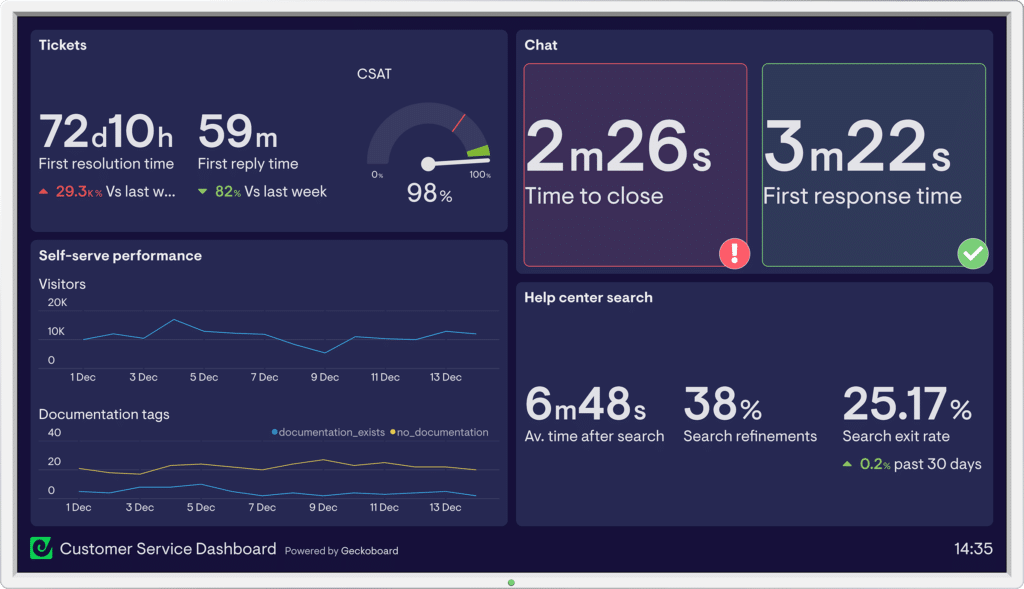
Real-time monitoring: Implement a system that allows you to monitor the abandonment rate in real-time. This can help you identify and address issues as they occur, rather than waiting for end-of-day or end-of-week reports.
Set thresholds and alerts: Establish acceptable thresholds for your call center’s abandonment rate and set up alerts or notifications when those thresholds are breached. This can help you quickly recognize and respond to spikes in abandonment rates.
Analyze data: Break down your abandonment rate data by time of day, day of week, and individual agent performance. This can help you identify patterns and pinpoint specific times or agents that may be contributing to higher abandonment rates.
Monitor average wait times: Track the average wait time or hold time for callers. If wait times are excessively long, it can lead to higher abandonment rates. Aim to keep wait times within reasonable limits.
Monitor service levels: Service levels, which measure the percentage of calls answered within a certain time (e.g., 80% of calls answered within 20 seconds), can be a good indicator of potential abandonment issues.
Conduct customer surveys: Gather feedback from customers who have abandoned calls to understand their reasons for doing so. This can provide valuable insights into areas for improvement.
Analyze call recordings: Listen to call recordings, especially for abandoned calls, to identify potential issues with agent performance, call routing, or other factors that may be contributing to abandonment.
Monitor staffing levels: Ensure that you have adequate staffing levels to handle call volumes during peak periods. Understaffing can lead to longer wait times and higher abandonment rates.
How Can Call Centers Improve Call Abandonment Rate?
Call centers can implement several strategies to improve their call abandonment rate and reduce the number of callers hanging up before being assisted. Here are some effective ways to improve the call abandonment rate:
- Optimize staffing levels: Ensure that you have enough agents available to handle the incoming call volume, especially during peak hours. Monitor call volumes and adjust staffing levels accordingly to minimize long wait times that can lead to abandonments.
- Improve call routing and queuing: Implement an efficient call routing and queuing system that directs callers to the appropriate agent or department quickly. Reduce the number of transfers and minimize the time callers spend navigating through menus or waiting in queues.
- Offer callback options: Give callers the option to request a callback instead of waiting on hold. This can reduce abandonments and improve the customer experience by allowing callers to retain their place in the queue without having to stay on the line.
- Provide queue position and wait time information: Inform callers of their estimated wait time and their position in the queue. Providing this information can help manage expectations and reduce abandonments from impatient callers.
- Train and coach agents: Provide ongoing training and coaching for agents to improve their efficiency, call handling skills, and overall customer service. Skilled agents can resolve issues more quickly, reducing call times and potential abandonments.
- Implement virtual hold or callback technology: Offer virtual hold or callback technology that allows callers to hang up and receive a callback when an agent becomes available, rather than waiting on hold.
- Monitor and measure performance: Continuously monitor and measure your call abandonment rate, as well as other key performance indicators (KPIs) related to wait times and customer experience. Use this data to identify areas for improvement and track the effectiveness of your strategies.
By implementing a combination of these strategies and continuously monitoring and optimizing your call center operations, you can reduce call abandonment rates, improve customer satisfaction, and enhance the overall efficiency of your customer service operations.
Best Software to Reduce Call Abandonment Rate
There are various call center software tools available in the market, each offering different features and capabilities.
Here are five top call center software tools and why they are well-suited for call center operations:
1. Zendesk:
Zendesk is a popular cloud-based customer service platform that offers omnichannel support, including voice, chat, email, and social media.
It is best suited for call centers due to its intuitive interface, robust reporting and analytics capabilities, and seamless integration with other business tools.
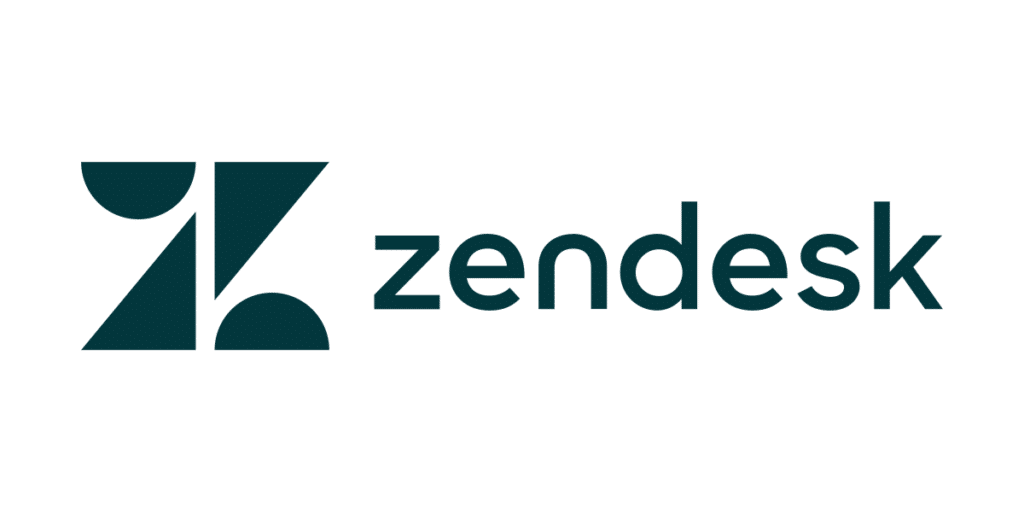
2. Freshcaller:
Freshcaller is a cloud-based call center software that provides features like automated call distribution, interactive voice response (IVR), and call monitoring.
It is well-suited for call centers because of its scalability, easy-to-use interface, and advanced call routing capabilities.

3. RingCentral:
RingCentral is a comprehensive unified communications platform that offers a range of call center features, including automatic call distribution, call recording, and real-time analytics.
It is best suited for call centers due to its reliability, high-quality voice capabilities, and seamless integration with other business tools.
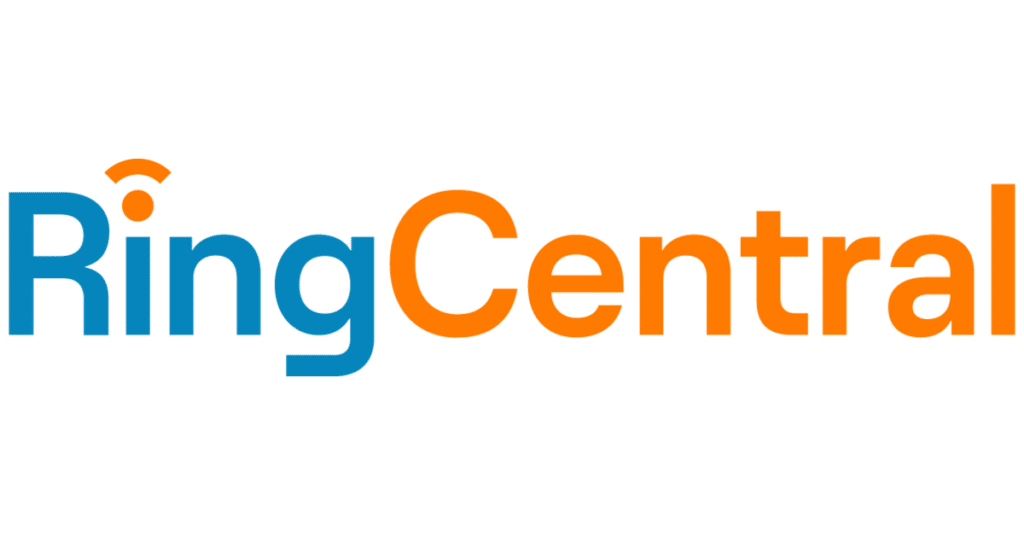
4. Five9:
Five9 is a cloud-based contact center software that offers omnichannel routing, workforce optimization tools, and advanced reporting and analytics capabilities.
It is well-suited for call centers because of its scalability, robust feature set, and ability to handle high call volumes efficiently.
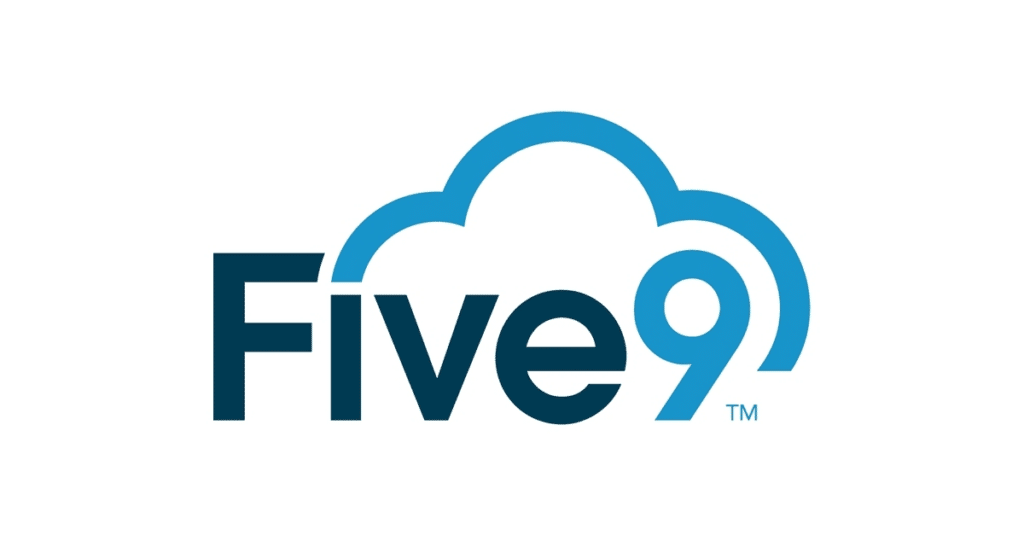
5. NICE inContact:
NICE inContact is a cloud-based call center software that provides features like skills-based routing, workforce management, and customer analytics.
It is best suited for call centers due to its advanced reporting capabilities, customizable workflows, and strong integration with third-party applications.
These call center software tools are well-suited for call center operations because they offer features that streamline call handling, improve agent productivity, and enhance the overall customer experience.
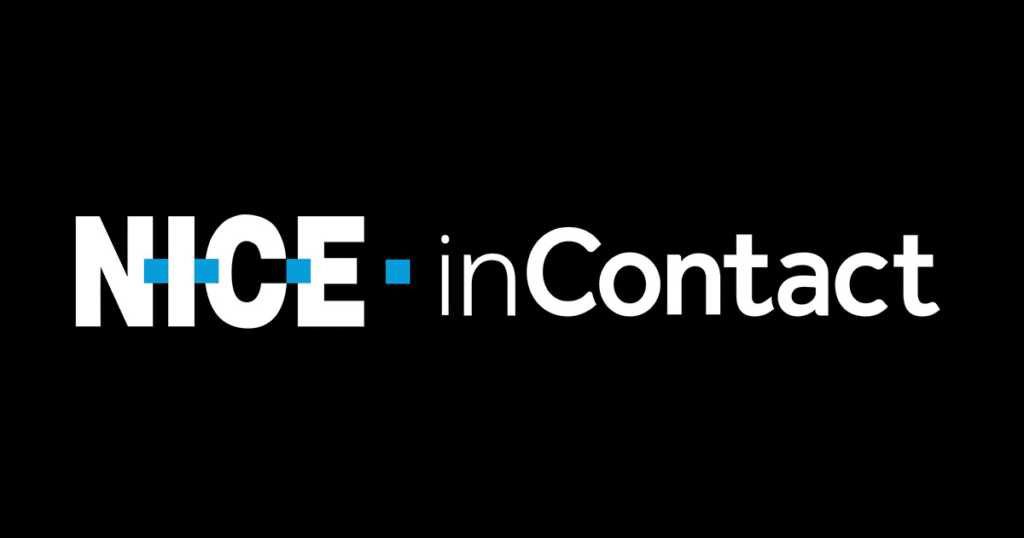
The Bottom Line
At the end of the day, managing call abandonment rates is crucial for any organization that values customer satisfaction and operational efficiency.
While some level of abandoned calls may be unavoidable, consistently high abandonment can quickly erode a brand’s reputation and drive customers away.
By taking proactive steps like optimizing staffing levels, streamlining call routing, offering callback options, and leveraging the right software tools, companies can nip this issue in the bud.
A low abandonment rate not only keeps customers happy but also allows call centers to make the most of their resources and talent. It’s a win-win situation that should be a top priority for any customer-centric business.
FAQs
Ques 1. What is the abandonment rate of a phone?
Ans: The abandonment rate is the percentage of callers who hang up before their call is answered.
Ques 2. What is the abandoned call count?
Ans: The abandoned call count is the total number of calls where the caller hung up before being answered.
Ques 3. What is a normal call drop rate?
Ans: A normal call drop rate for mobile networks is typically less than 3%.
Ques 4. What is a good call rate?
Ans: A good call rate or answer rate is generally considered to be 80% or higher.






